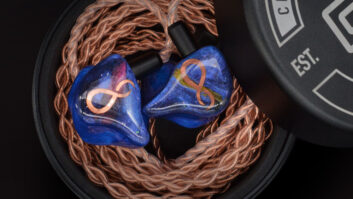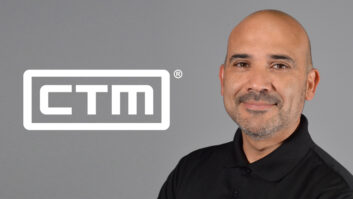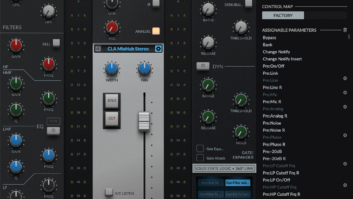London, UK (December 8, 2015)—Whether you hear it on one of his solo albums or as part of a classic Pink Floyd track, the emotive sound of David Gilmour’s soaring guitar is unmistakable. Ensuring that the guitarist himself can hear it while onstage is the responsibility of monitor engineer Gavin Tempany, currently ensconced in a world tour through April promoting Gilmour’s latest record, Rattle That Lock.

Tempany is tackling the assignment on an SSL L500 Plus console, having already used it at Front of House on other high profile events. “I had the choice of a couple of consoles,” he explains “…They were the only ones that would do the number of ins and outs I needed. I ended up using 186 wet audio paths, and 32 dry, so it was pretty hectic.”
The monitor set-up on the Gilmour tour uses nearly 100 inputs, feeding 16 stem groups for an Aviom system for the drummer, 14 stereo in-ear monitors, and 16 floor wedge outputs. “Most of the band use wedges,” he notes. “The technicians are on in-ears and some of the musicians at some point have in-ears as well; that’s for certain songs where they need a click track and that kind of thing. That’s why there are so many outputs, because a lot of it gets doubled up.”
He has the desk running at 96 kHz—a move he had no qualms about: “Some other consoles do 96 kHz as well, but this one has something about it that’s very clean. If you start from that place, you can always dirty it up. It’s very hard to clean something up if it’s already dirty… For me, this equates to more gain before feedback, because it’s more stable and solid… What you put in is what you get out.”
Solid State Logic
www.solidstatelogic.com







